Hake: a family business
How Cornish hake became the first certified sustainable UK hake fishery
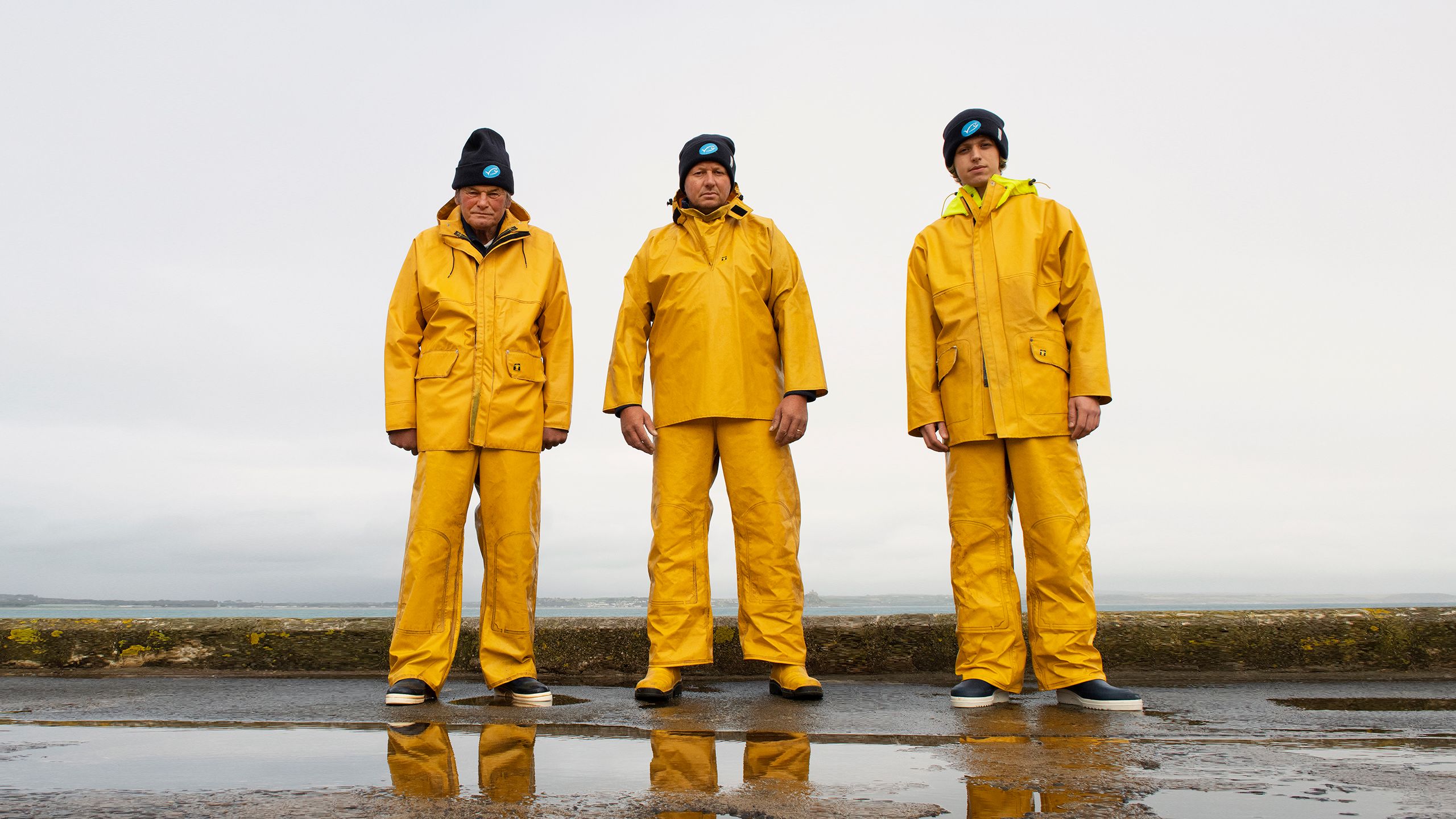
“I was introduced to the fishery as a young boy,” says Ryan Davey, a hake fisherman from Newlyn, Cornwall on the south-west coast of England.
Along with his seven-strong crew, Ryan is about to set off for a week’s fishing on board his vessel Stelissa. Like many of the Newlyn hake fishermen, fishing is in his blood.
“I used to see the small wooden boats go out,” Ryan continues. “Seeing my uncle on a hake boat many years ago, pushed me really to carry on myself and I’ve worked my way up from the deck to the wheelhouse. There are generations of fishermen in our families and it’s really important for future generations that the hake is fished sustainably.”
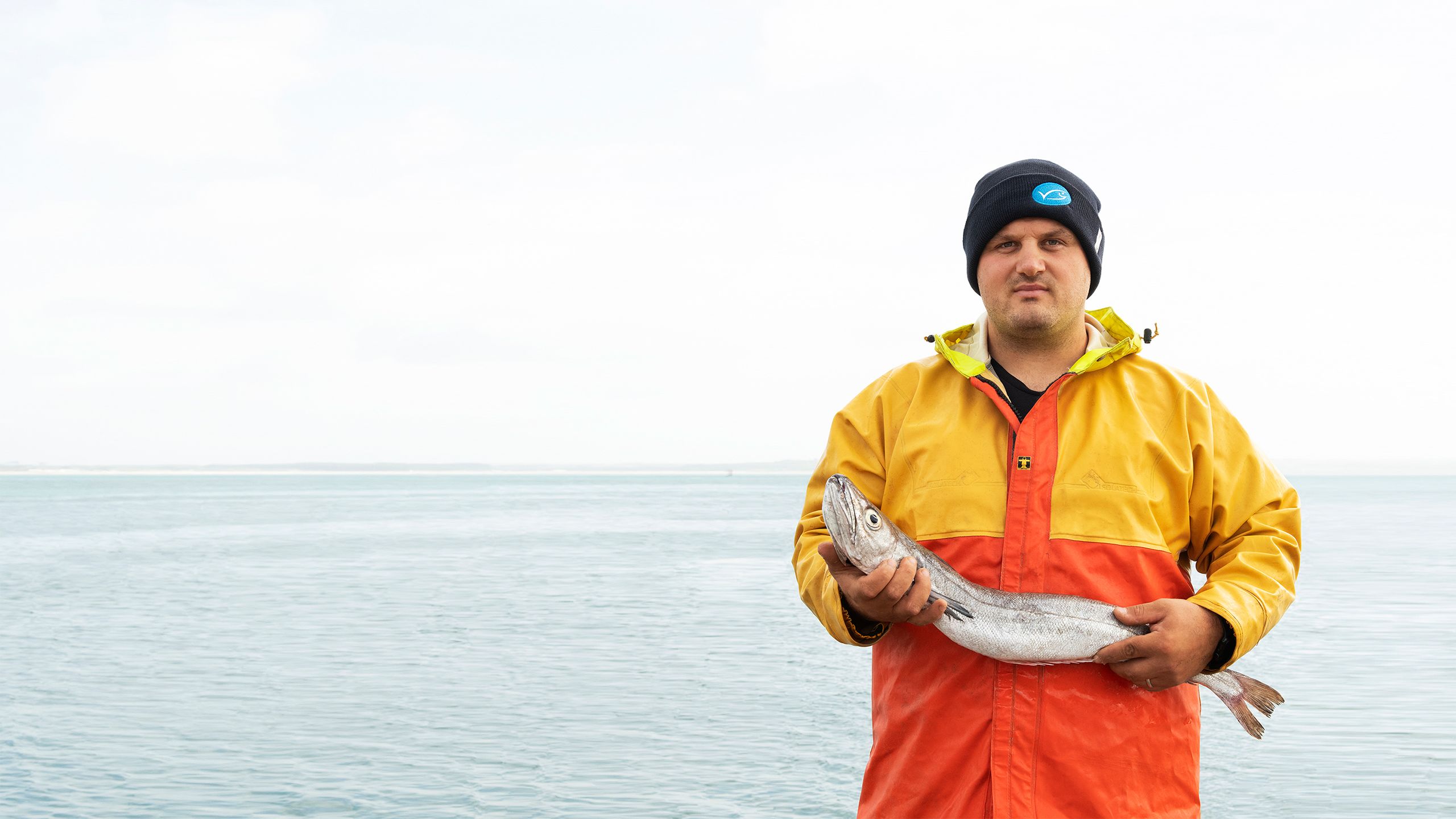
In 2015, The Cornish hake fishery became the first such fishery in the UK to meet the Marine Stewardship Council’s internationally recognised standard for sustainable fishing. Cornish hake had been a popular species for many years, but the stock was left slightly depleted in the late 1990s.
Thanks to changes brought in by the fishermen and a new management plan set up in 2001, hake stocks have recovered to over double their low point. One of the fishery’s key strengths is the use of nets with a larger mesh size than the legal requirement. These nets only target the larger hake and allow the smaller juveniles to swim free, leaving more fish to reproduce.
Cornish fishermen land just under 2,000 tonnes of European hake (Merluccius merluccius) per year into Newlyn from the boats, which range from under 12 metres to nearly 23 metres long.
“Being MSC certified is really important to our success and it informs the customers that we are using the best practices and fishing sustainably,” Ryan adds.
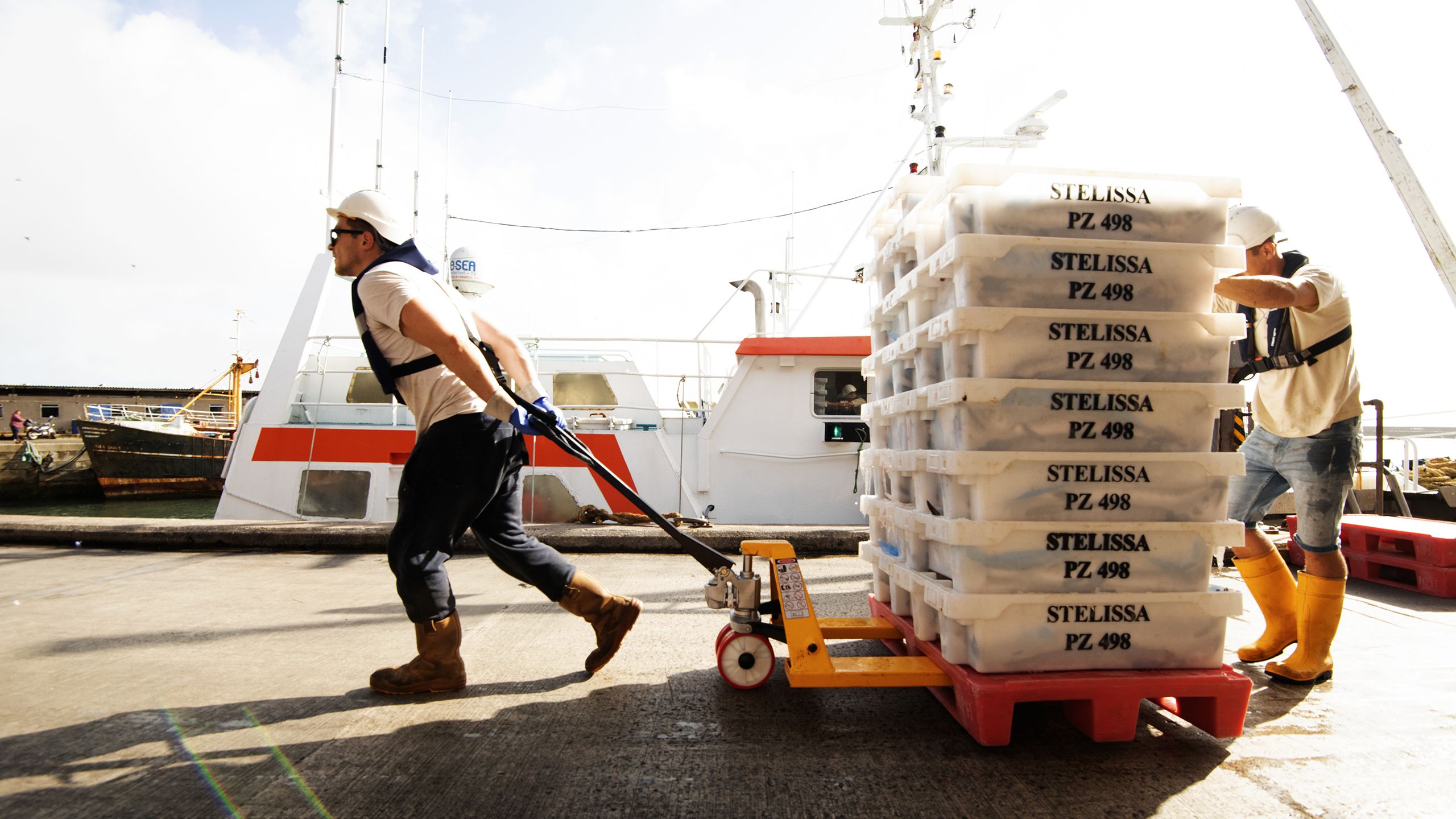
Time and tide wait for no man


On a typical day, Ryan, who has been a fisherman for seventeen years, says the crew gather together around 9.30am to get ice and sort out food and diesel.
“Today, we’re heading to an area about 100 miles from Newlyn which will take about 20 hours in these conditions,” he says.
“It takes three hours to shoot the nets, then we take turns in watching, while others sleep. The nets tend to soak for 12 hours. Sometimes we haul the nets and shoot straight back but sometimes we have to shift. We do this until we have enough fish to warrant coming back to land, or if the tides mean we have to call it a day.”
Whatever the weather, the men go to sea.
“Sailing in rough weather, you have to put a lot more planning into it,” says Ryan. “It can be very hard on the boat and the crew.”
But what he loves about the job is “you set your own destiny”.
“There is no land job you can compare to it really.”
One of the biggest challenges remains finding crew.
“There are not a lot of young fishermen coming up through the industry,” Ryan says.
“It’s hard to find young people who want to progress in the job.”
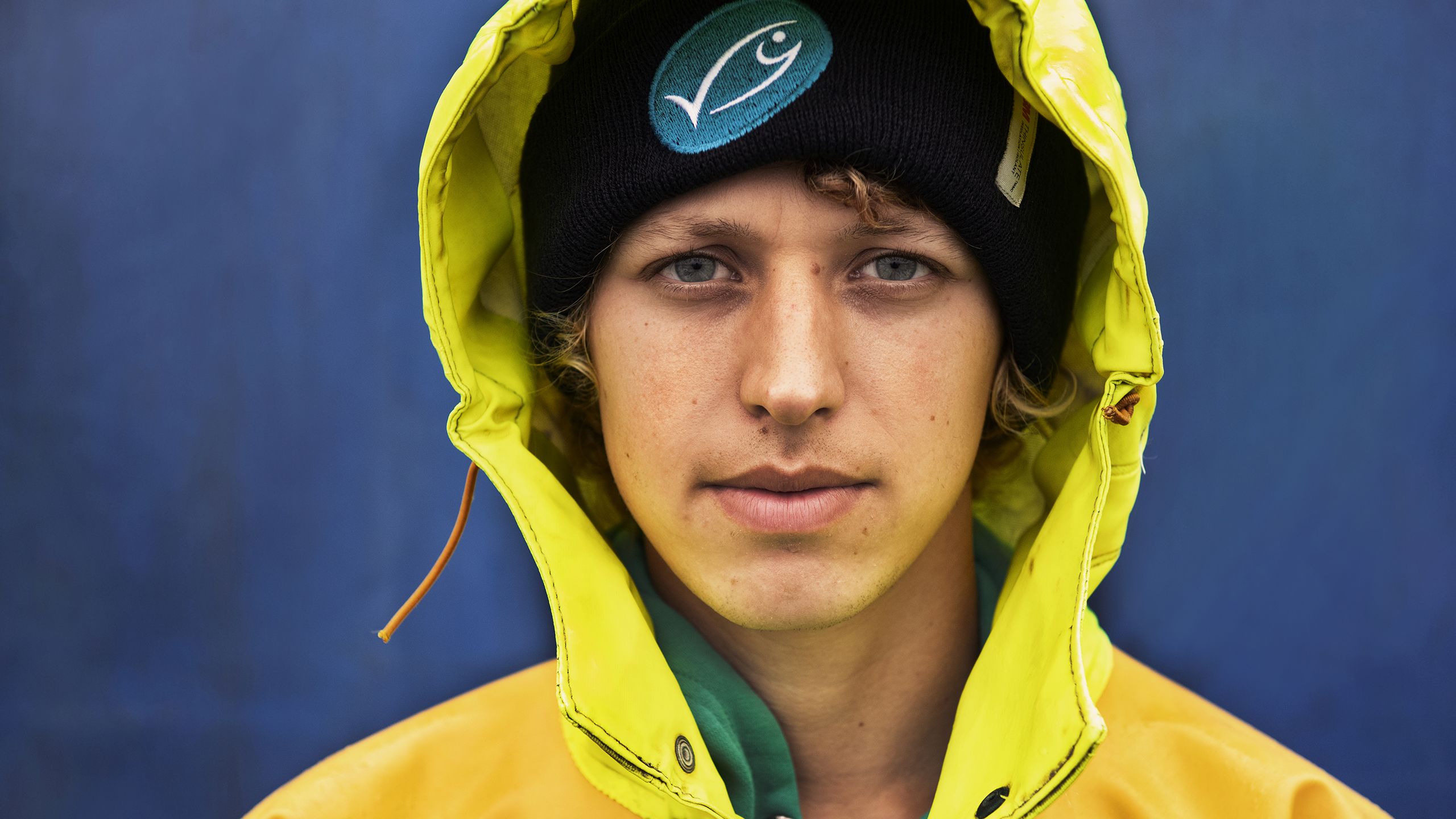
A family affair


One young fisherman bucking the trend is Tom Pascoe, who predominantly catches sardine (with the MSC-certified Cornish sardine fishery) but also fishes for hake on his father’s boat.
He’s been fishing as long as he can remember, first picking up a net when he was just six years old.
“I don’t see anything that I could enjoy more than fishing,” says Tom, smiling broadly. “Being at sea is always what I’ve wanted to do. It makes me so happy.”
The best part of fishing is that “every day is different than the day before”, he continues. “If the net is full of fish you get an intense feeling of excitement and euphoria.”
Tom’s dad is Andrew Pascoe, the owner of Ajax PZ36.
“Thomas was always crazy about fishing since he could walk really,” he laughs “I had a job to keep him away.”
Andrew has been in the industry for 35 years.
“It’s a natural progression,” he says. “It’s all we knew growing up in a village far from anything else. The harbour was the world to us and all we ever wanted to do was emulate our fathers and friends and go to sea and catch fish.”
Andrew’s grandfathers fished part-time to supplement their incomes while working, one as a builder and the other as a stonemason, and Andrew started fishing hake with his father Denys when he left school.
Andrew explains that originally, almost all of the hake landed in Newlyn was sent to Spain, but as the market there declined, the fishers stopped catching hake and moved to other species.
“But the fish were there, so we decided to take the opportunity and grow the UK market,” says Andrew, who bought Ajax PZ36 eight years ago. “Sustainability has been a huge part of us developing our fishery.”
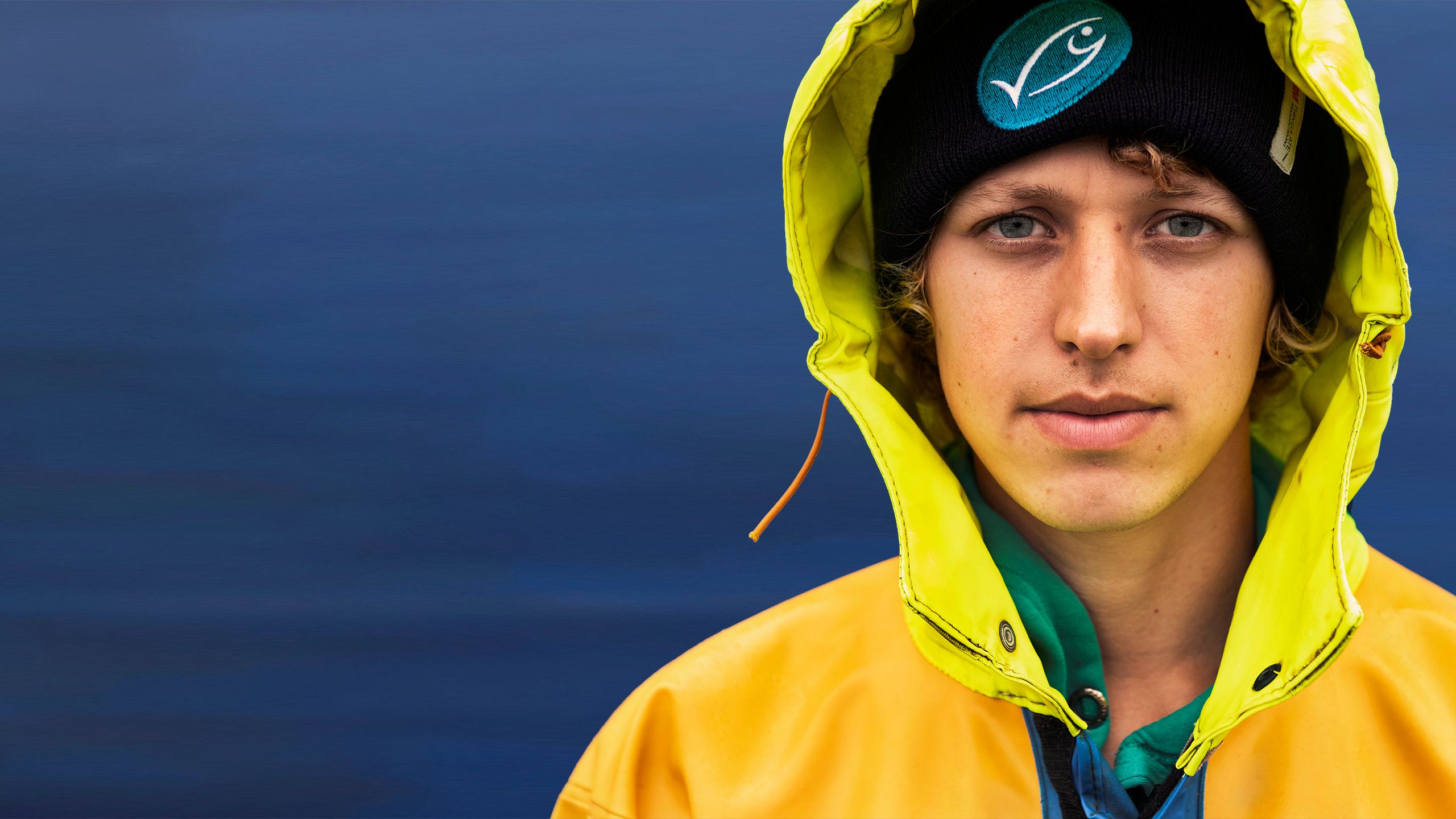

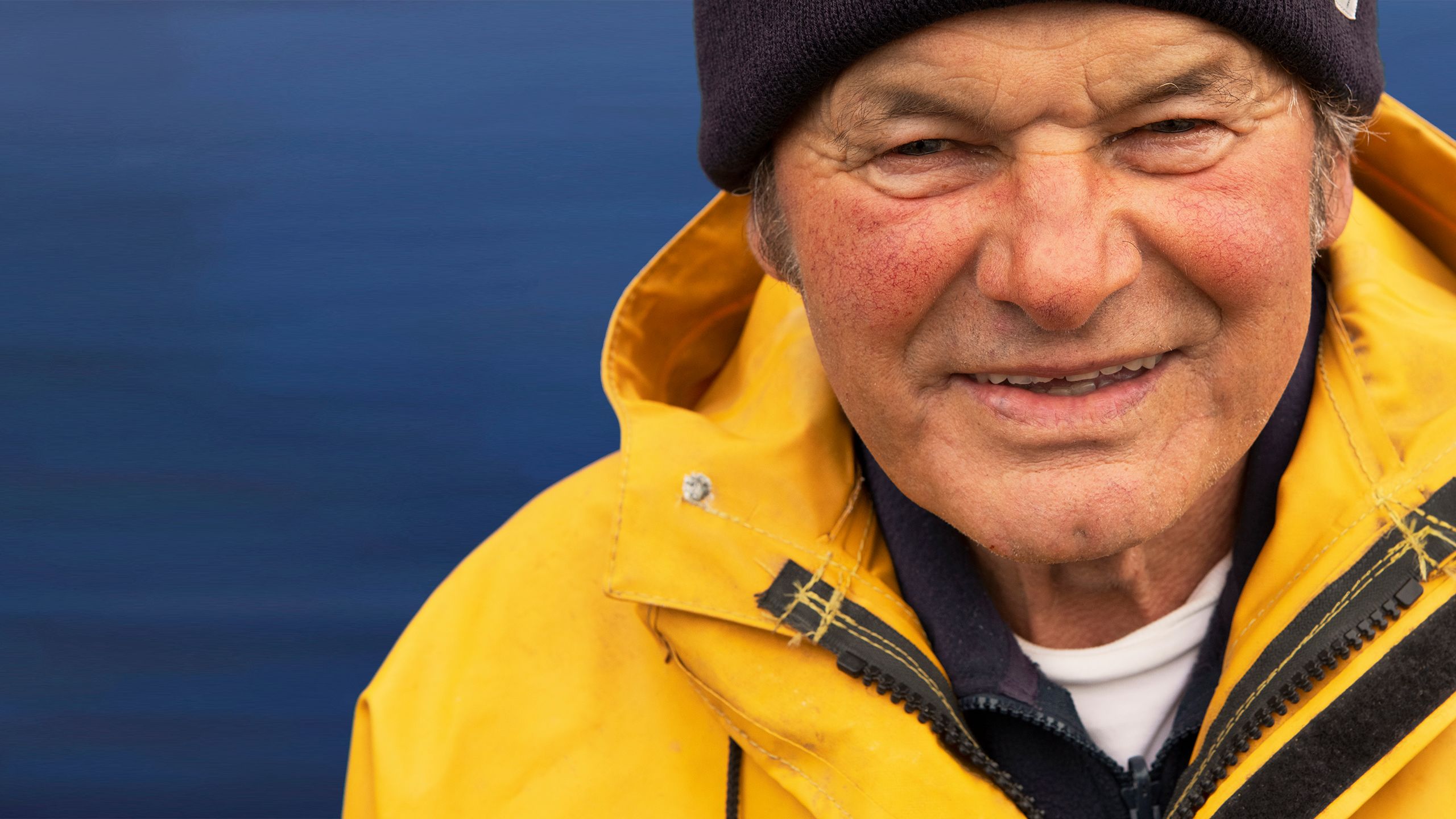
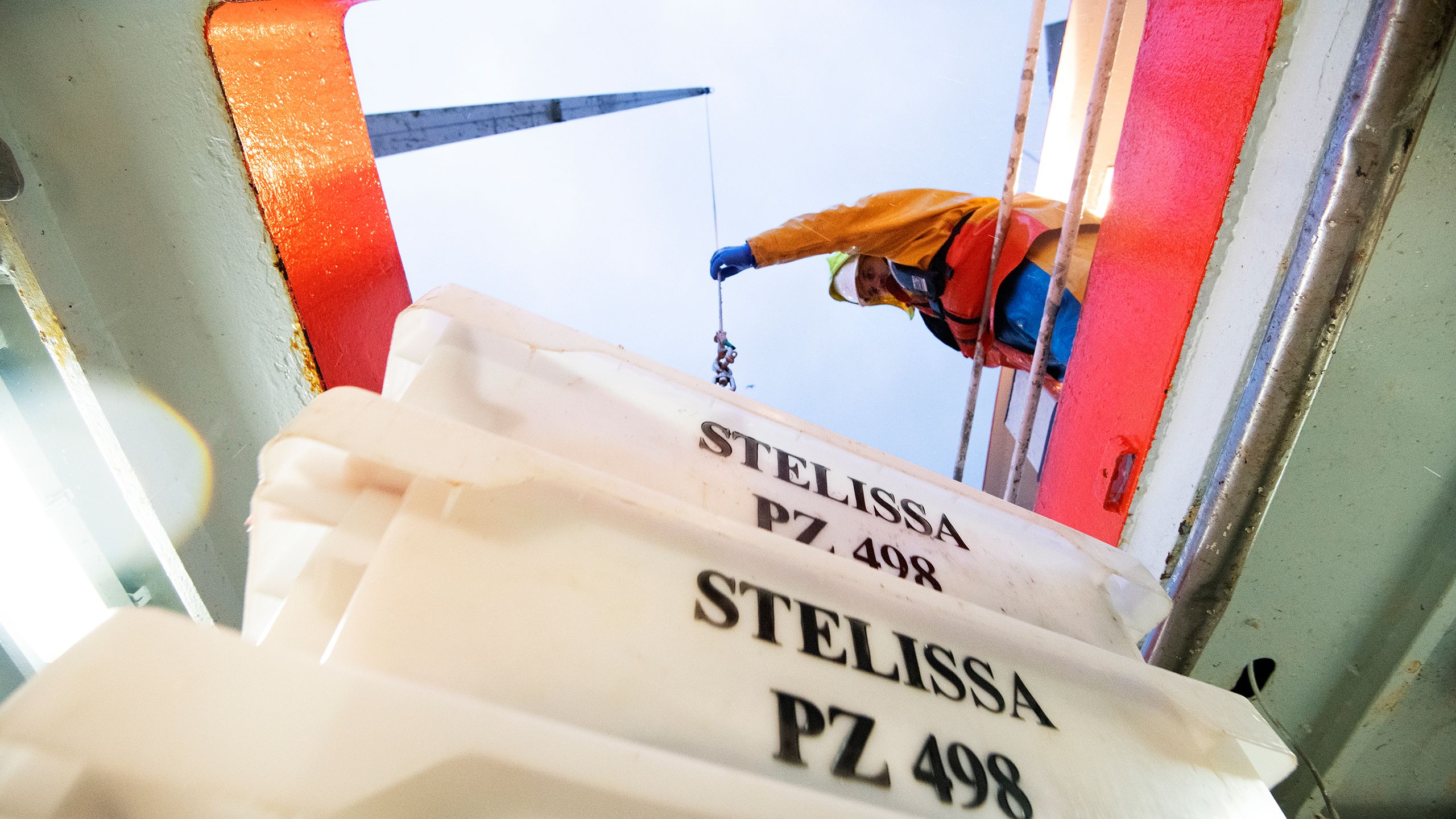
Choosing the blue fish


Alan Dwan, hake fisherman for 40 years and former skipper of Ajax PZ36, shares the Pascoe family's sentiments.
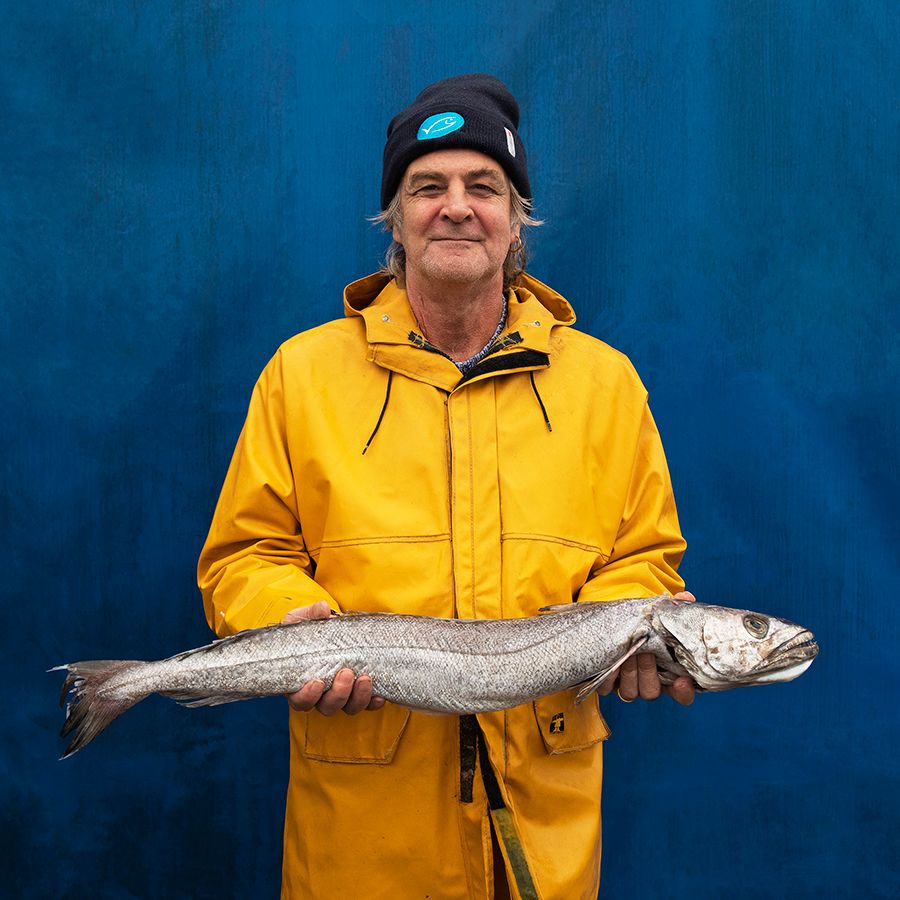
“With any fishing it’s important to keep it sustainable, regardless of the product. Whatever has to be done to keep this hake fishery MSC certified here, we have to do it. Fifteen years ago, people didn’t talk about sustainability or take notice of it. Now, if we don’t have MSC on our hake here, people will stop buying it again.”
Antony Hosking, owner of both Stelissa and her sister ship Silver Dawn agrees
“We are all very mindful that what we do ends up on people’s plates. It’s food whether on your plate at home or in a restaurant. We want it to be the best possible and everyone has to earn a fair living from it. These are our waters and this is our area so it’s a natural instinct to fish responsibly. If you’ve done it long enough, you know what you are doing.”
Watch Ryan Davey battle the elements as he searches for hake 100 miles off the Cornish coast.
